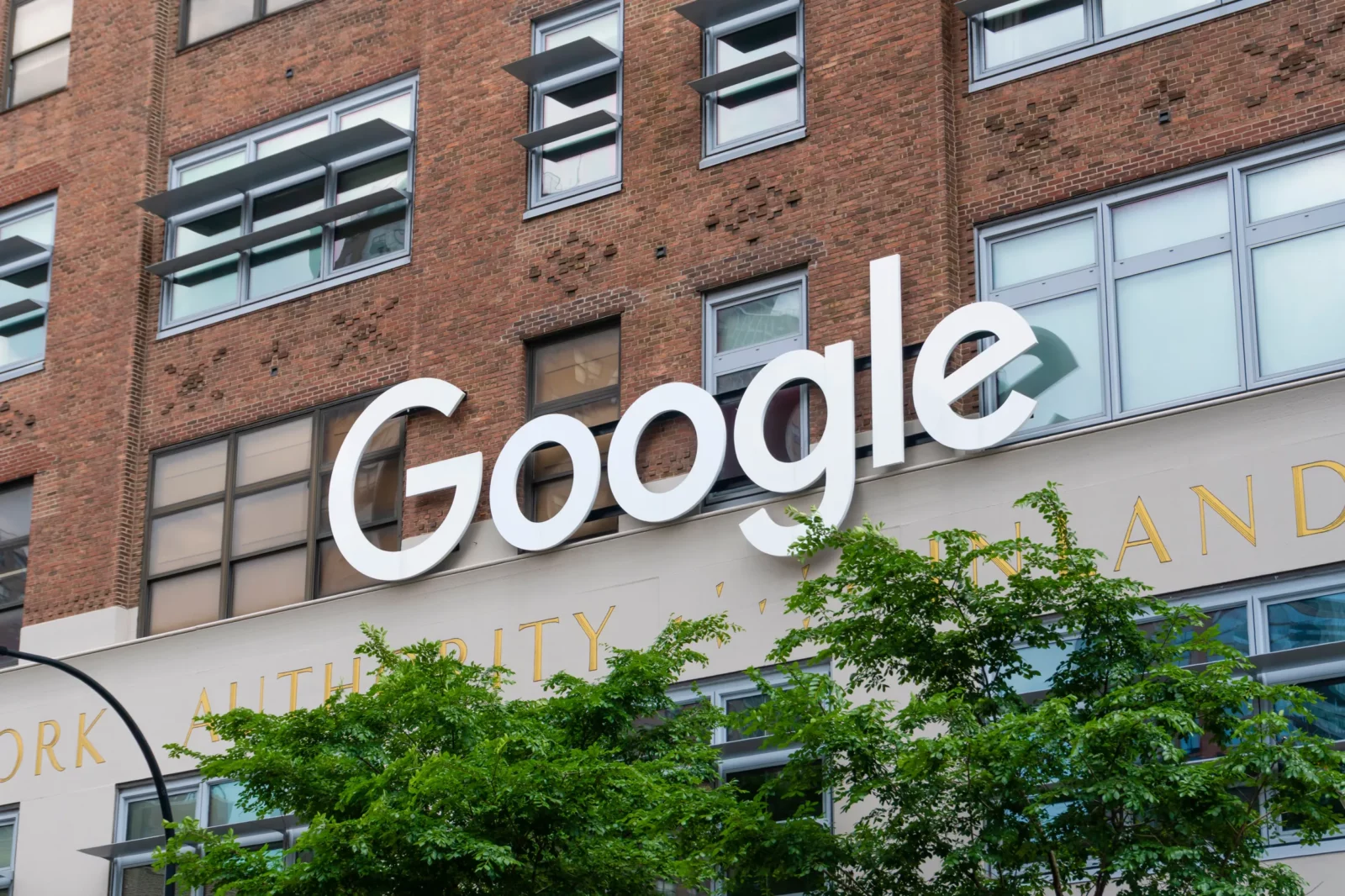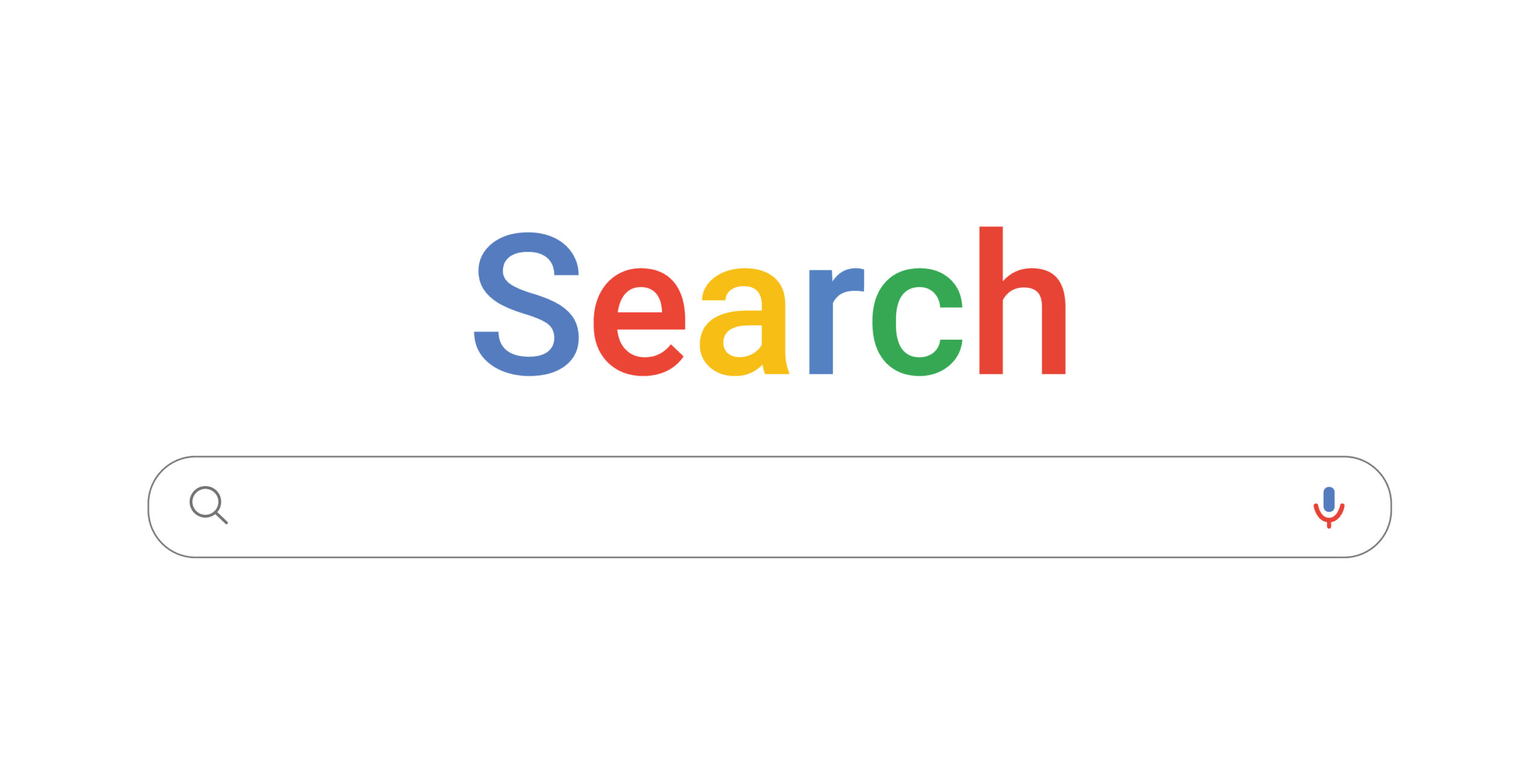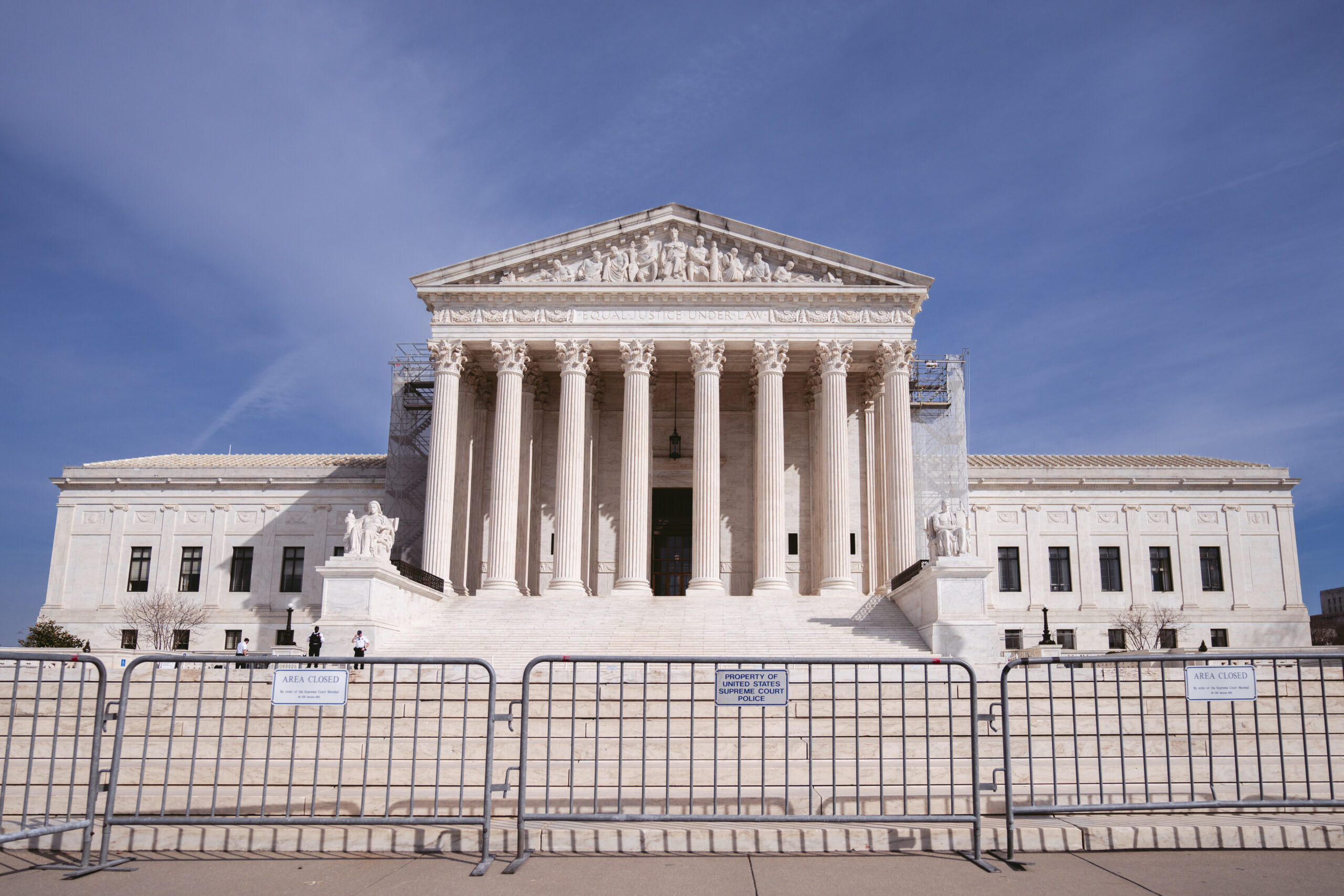False Analogies in the Oracle v. Google Oral Argument
The danger of false analogies in software copyright cases was readily apparent in last Thursday’s oral argument in Oracle v. Google. (A recap of the oral argument can be found here.)
False analogies have long been a problem in software copyright cases. Computer programs are considered literary works under the Copyright Act. In 1986, the U.S. Court of Appeals for the Third Circuit in Whelan v. Jaslow noted this classification of computer programs as literary works, and observed that “one can violate the copyright of a play or a book by copying its plot or plot devices.” Analogizing computer programs to plays or books resulted in the Third Circuit granting overly broad protection to Whelan’s computer program. In essence, the court found only one unprotectable idea in Whelan’s program: its basic purpose, the efficient management of a dental laboratory. The court considered all other aspects of the program, including its structure, sequence, and organization, to be protectable.
Later courts recognized the flaw in this analogy. In 1992, the Second Circuit in Computer Associates v. Altai acknowledged the “essentially utilitarian nature of a computer program.” Thus, “compared to aesthetic works, computer programs hover even more closely to the elusive boundary line described in Section 102(b)” of the Copyright Act. On this basis, the Altai court developed the nuanced abstraction-filtration-comparison methodology for separating idea from expression in computer programs. The court looked at program elements at each level of abstraction, starting with the program’s ultimate function and ending with its code, to determine whether the element’s inclusion was dictated by considerations of efficiency; was required by factors external to the program, such as mechanical specifications or compatibility requirements; or was taken from the public domain.
The Ninth Circuit in Sega v. Accolade agreed with Altai. When discussing the second fair use factor, the nature of the work used, the Sega court noted that this factor “reflects the fact that not all copyrighted works are entitled to the same level of protection.” The court observed that “to the extent a work is functional or factual, it may be copied,” and that “works of fiction receive greater protection than works that have strong factual elements, such as historical or biographical works, or works that have strong functional elements, such as accounting text books.” Computer programs, the Sega court said, “are, in essence, utilitarian articles—articles that accomplish tasks.” Accordingly, “they contain many logical, structural and visual display elements that are dictated by the function to be performed, by considerations of efficiency, or by external factors such as compatibility requirements and industry demands.”
Similarly, in 2000, the Ninth Circuit in Sony v. Connectix accorded computer programs “a lower degree of protection than more traditional works” when applying the second fair use factor. Indeed, the Federal Circuit in its discussion of fair use in its prior decision in this case recognized that “some works are closer to the core of intended copyright protection than others.”
Nonetheless, throughout this litigation, Oracle has repeatedly analogized the Java API to traditional literary works, such as the Harry Potter novels. In the briefs on appeal, Oracle and its amici relied on fair use cases dealing with a wide variety of traditional works, including songs, biographies, television broadcasts, unpublished letters, and photographs. And in the oral argument, right from the beginning, Oracle’s counsel analogized Google’s use to a film producer taking the most recognizable features of an author’s short story and adapting them to a film. Unfortunately, this analogy stuck, and the judges kept returning to it throughout their questioning.
This analogy is problematic in many respects:
1) Short stories are the sort of creative work at the core of copyright, and thus are entitled to more protection in the fair use calculus. As discussed above, utilitarian works such as computer programs receive less protection, particularly in the Ninth Circuit, whose law governs this case.
2) Oracle’s counsel compared software programmers to the fans of a story. But programmers are trained engineers who have spent years developing their skills. These programmers will begin working in a new environment only if their skills are transferable to that environment. The creator of a new environment, therefore, must be able to replicate features familiar to the programmers it needs to attract in order to succeed. Underscoring the importance of attracting programmers to Android is that they are not using the APIs just to operate Android; they are using the APIs to create new apps for Android. Film producers do not face similar constraints in attracting audiences.
3) Film adaptations without question are a “traditional, reasonable, or likely to be developed market” for short stories. Film producers have been adapting pre-existing stories for over a century. The smartphone market, however, is a new and vastly different market from the desktop and server markets served by the Java APIs. While smartphones and desktops have some overlapping functions, they also have many distinct functions. A smartphone isn’t just a very small desktop.
4) Android is far more transformative than the specific film adaptation referenced in the oral argument. Both Oracle’s counsel and the panel of judges alluded to Stewart v. Abend, the 1990 Supreme Court decision concerning the Alfred Hitchcock film Rear Window, starring Jimmy Stewart, Grace Kelly, and Raymond Burr. The Supreme Court found that “the motion picture expressly uses the story’s unique setting, characters, plot, and sequence of events,” and noted that even the defendants conceded that twenty percent of the film was based on the short story.
In contrast, Android incorporated only 0.4% of the Java API code. These replicated elements comprise just 0.08% of the Android API code. Moreover, as discussed above, smartphones are different kinds of devices from desktops, and are intended to perform different kinds of functions. For this reason, there is no overlap between most of the Android and Java API packages; 131 of the 168 packages in the Android API are completely original to Google. In the 37 packages where Google incorporated the Java headers, Google wrote its own implementing code optimized to run in smartphone apps.
In short, it is hard to imagine an analogy more misleading than a film adaptation of a short story. Rather than looking to Stewart v. Abend, the Federal Circuit should instead consider Ninth Circuit’s decision in Sony v. Connectix. The Ninth Circuit found that “Connectix’s Virtual Game Station is modestly transformative,” even though the Virtual Game Station had similar uses and functions as the Sony PlayStation. This is because “the product creates a new platform…on which consumers can play games designed for a Sony PlayStation.” Precisely “because the Virtual Game Station is transformative, and does not merely supplant the PlayStation console, the Virtual Game Station is a legitimate competitor in the market for platforms on which Sony and Sony-licensed games can be played.” Accordingly, “some economic loss by Sony as a result of this competition does not compel a finding of no fair use.”
Android is at least as transformative as the Virtual Game Station, and represents far more creative effort by Google than Connectix invested in the development of the Virtual Game Station. Additionally, the Virtual Game Station provided similar uses and functions as the Sony PlayStation, while Android provides many different functions from Java.








